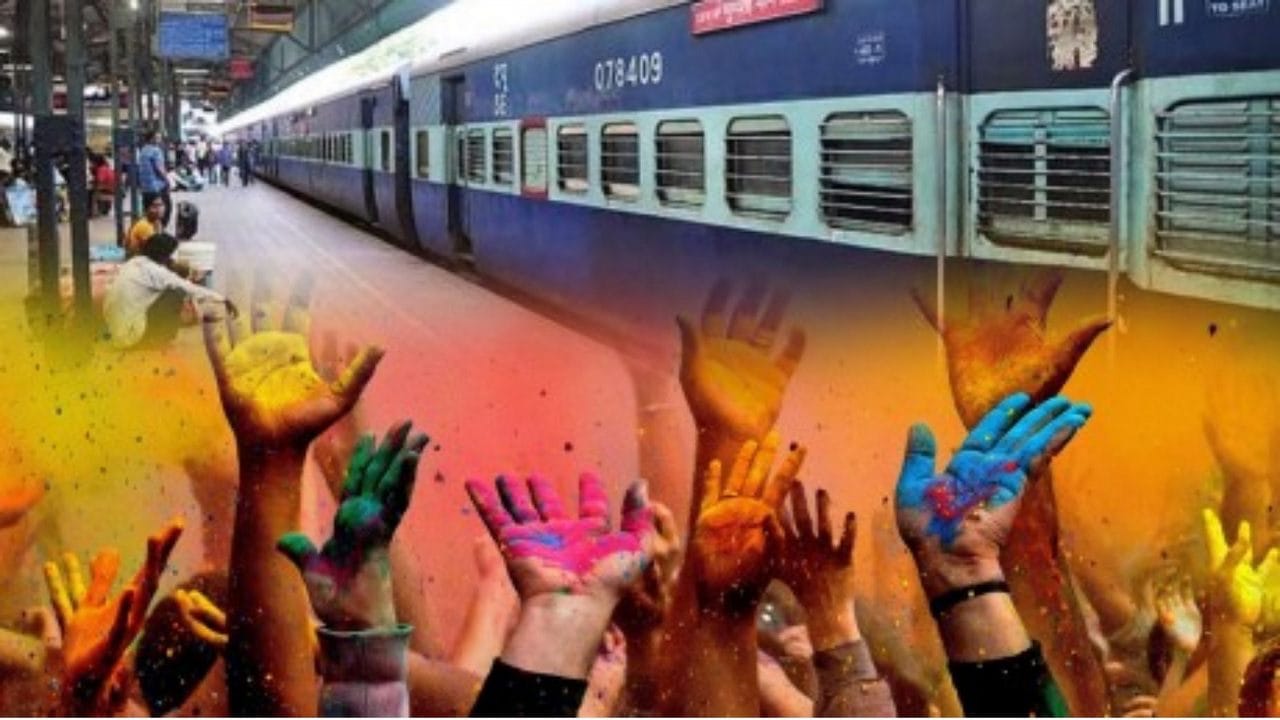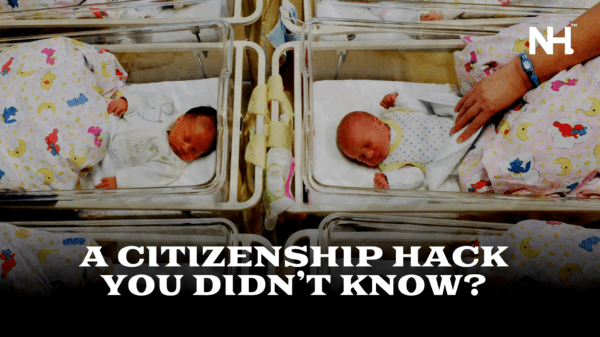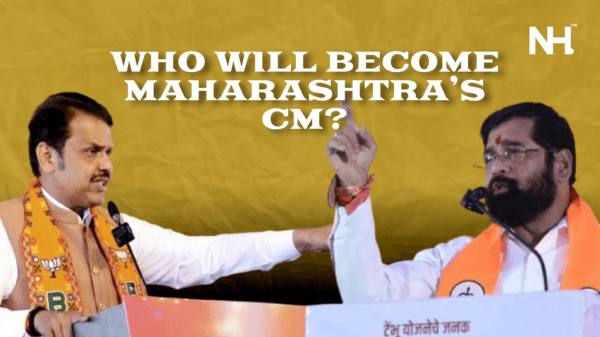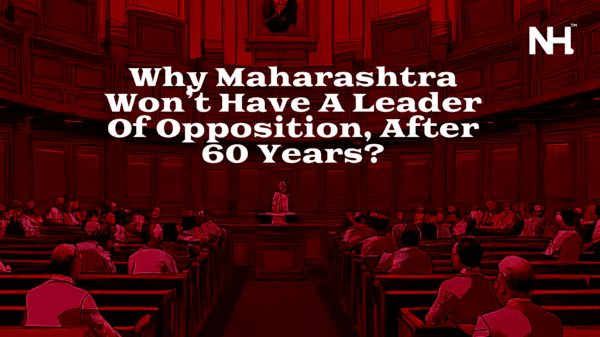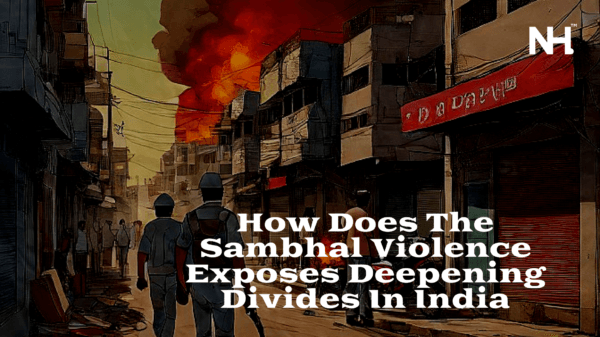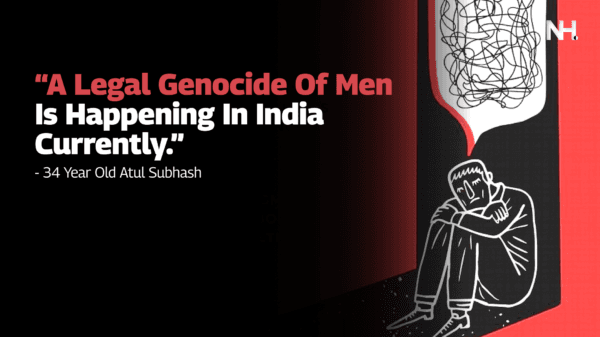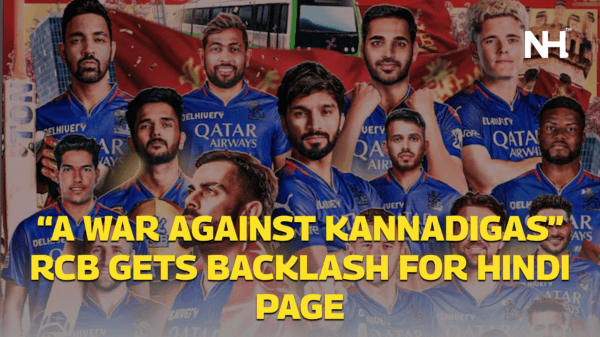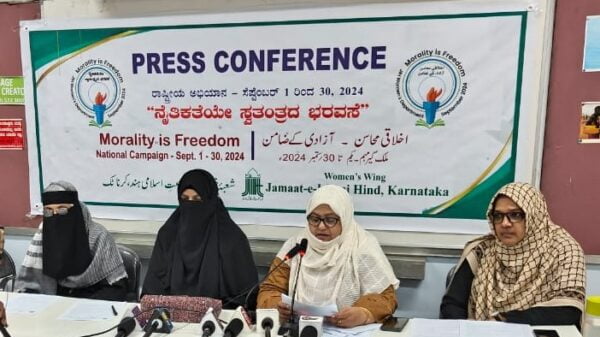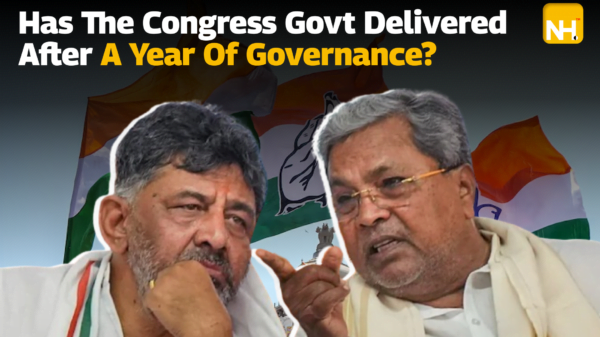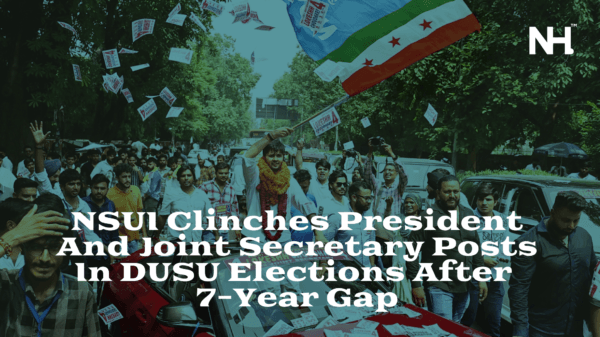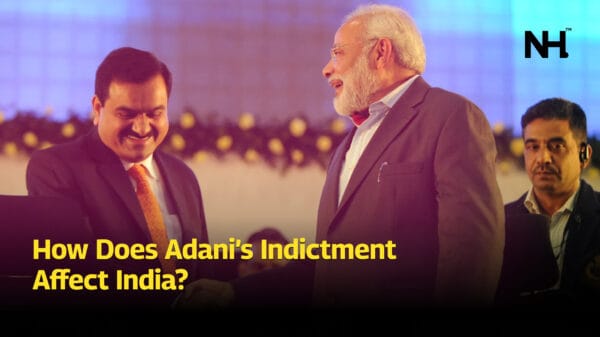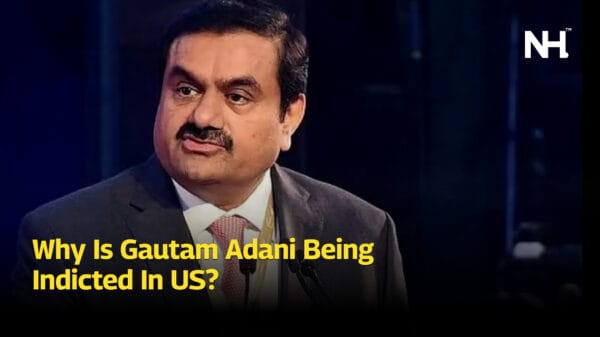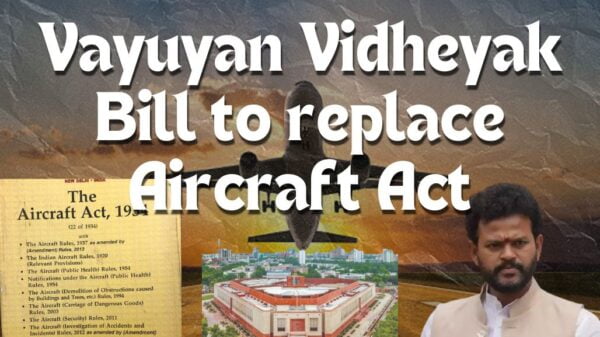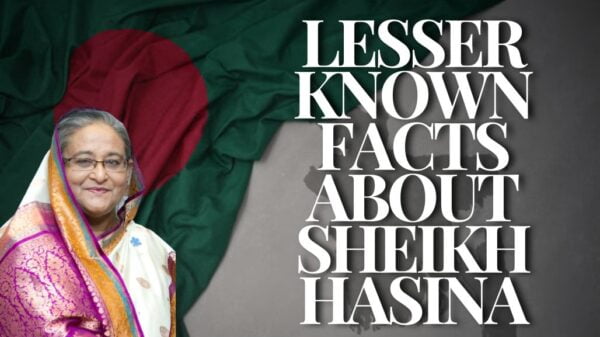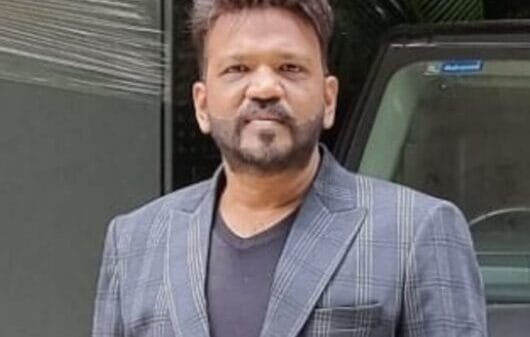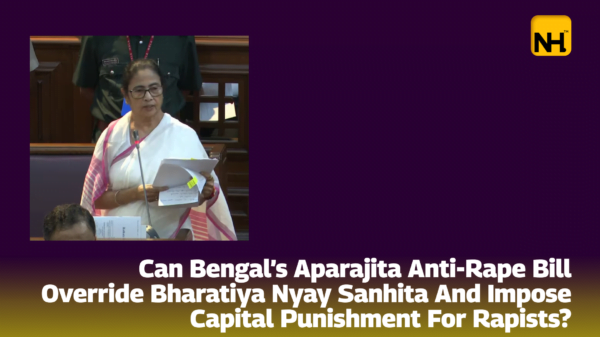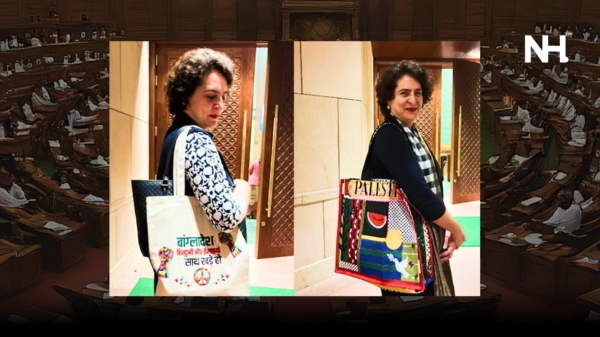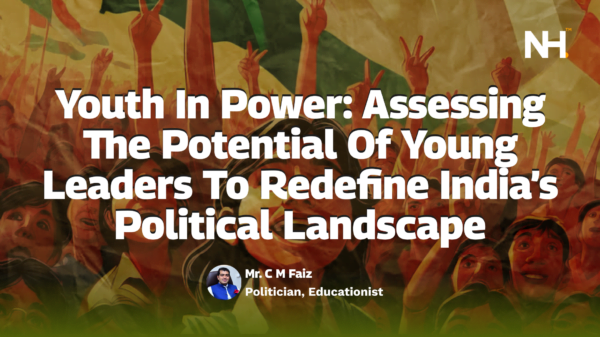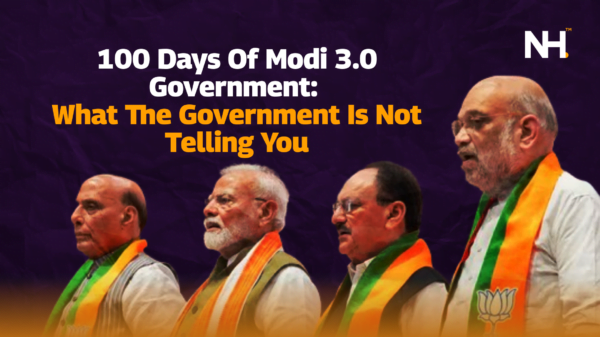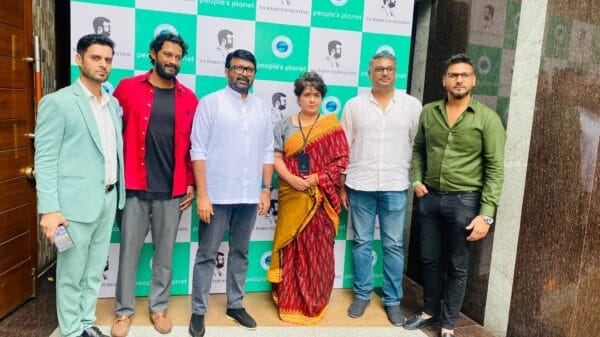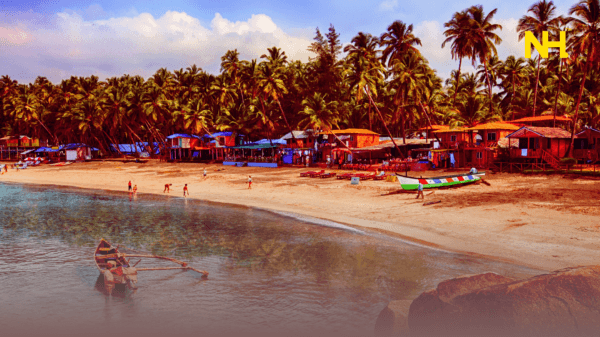The New Education Policy was approved by the Government of India, yesterday, on 29th June 2020. The educational reforms are brought about after 34 years. The previously policy was framed in 1986 and was last revised in 1992. The change in education policy was in the manifesto of the BJP before the 2014 Lok Sabha elections. The government has allocated 6% of GDP as public investment in education sector from the previous allocation of 4.43%.
To understand the key points of the policy and their pros and cons, take a read.
- Within the next five years, by 2025, the NEP aims at universalizing primary education and to provide foundational literacy and numeracy to everyone. The age group for Right to education in India has now changed from 5-14 to 3-18. This means that education will now be free up to 12th grade, which is a welcome move.
- Instead of the 10+2 format, schooling structure will now be replaced by a 5+3+3+4 format, under which there will be 3 years of anganwadi or pre school and 12 years of schooling. Under the new structure, the 5 years will be the foundation stage (preschool – 2nd grade), the next 3 years will be preparatory stage (3-5th grade), the next 3 years will be middle stage (6-8th grade) and the high stage will be the last stage (9-12th grade). Here comes the question of availability of preschools. So far it was the choice of parents but now that it is mandatory, the government should start investing in building preschools or anganwadi centers which can deliver the prescribed activity-based learning opportunities to children.
- The NEP says that the mother tongue or the regional language can now be the medium of instruction in all schools up to 5th grade and can be further continue up to 8th grade or even beyond if possible. Sanskrit will now be offered at all levels in secondary schools. This particular point has attracted some criticism as this might become a problem for linguistic minorities in the region. There is also the issue of English being the global language of communication and it is very necessary, especially when our students have to compete and work on a global level. It might become very difficult for the kids to pick it up, from 6th grade onwards.
- Students will now only sit for exams in the 3rd, 5th and 8th grade and not every year. More emphasis will be laid on internal assessment which will include a competency-based skill learning and development. The NEP also says that there will be two exams per year instead of one annual exam. This will surely lessen the burden for a lot of students and will take the pressure off of them to perform well in one exam by hook or crook.
- The new policy also focuses on vocational education and plans to integrate the same in all schools and higher education institutions over the next decade. The vocational training may include skills like carpentry, electrical safety etc. Students will also be allowed to learn computer coding from 6th grade to promote mathematical and scientific thinking. While this can help the students on the industrial front, it is no secret that many of our government schools have been facing lack of teachers for existing core subjects itself. It will surely be a task for the government to provide teaching resources for these extra additions.
- The existing board exams system for 10th and 12th grade will now change as the exams will now be knowledge based. The exams will be held in 2 languages and will be redesigned to promote a holistic development. To reduce the high stakes of these exams and the overdependency on coaching classes, the NEP has proposed a National Testing Agency (NTA) exam for admission in various universities. Knowing our society, it wouldn’t be a wonder if coaching classes will then start their training for these NTA exams itself and the purpose of establishing them in the first place, may not be achieved.
- The NEP proposes the previously opposed four-year undergraduate program with flexible entry and exit options for students. With the Academic Credit Bank, students may now collect all their credits points and can come back and finish their degree even after dropping out. There will now be options to pursue a degree for 1 year and receive a vocational certificate and pursue it for 2 years and receive a diploma. The 3-year degree will also continue to exist while the 4th year will mostly focus on research and it is proposed that students can directly go to their research programs without the need for a Master’s degree. The whole implementation of this system is bound to take a lot of time and there is also an argument that such a system would reduce the value of master’s degrees in general.
- The NEP focuses on allowing a more multi-disciplinary and multi linguistic approach in higher education and thus there will not be any rigid division between science and arts and humanities, curricular and extracurricular and vocational and academic courses. For the same purpose the policy proposes HEIs like IITs should move towards more holistic education by integrating and arts and humanities subjects for science students and vice versa. While the whole purpose of these professional educational institutions have been to prepare students for a specific professional world, applying multi-disciplinary approach might nullify the reason of existence of professional colleges and courses.
- Higher Education Council of India (HECI) will be set up to be a single regulator of all higher education except law and medical colleges. The HECI will have 4 independent branches. After the setup of HECI, there will be not much importance to the UGC. The move may also promote over centralization of education.
- Master of Philosophy (MPhil) courses will be discontinued here onwards. Research aspirants can now directly do a PhD. This might come as a huge blow, especially to the students of Social Sciences as many MPhil graduates were employed under academia and research and everybody might not be able to pursue a PhD.
While the NEP has many refreshing policies and plans which can transform the education system, it also fails to tackle some issues like commercialization of education, lack of sanitary facilities for girls, ragging to name a few. The important challenge before the government now is the implementation of the NEP as there is a lot of infrastructure and human resources necessary for doing the same. Especially with the COVID situation, we have to wait and see how government proceeds about. Let us hope that NEP becomes the much-needed change in the education system while also rectifying its shortcomings.
– Jahnavi TR
– Bengaluru
https://infeed.in/new-education-policy-high-on-rhetoric-less-on-substance/


